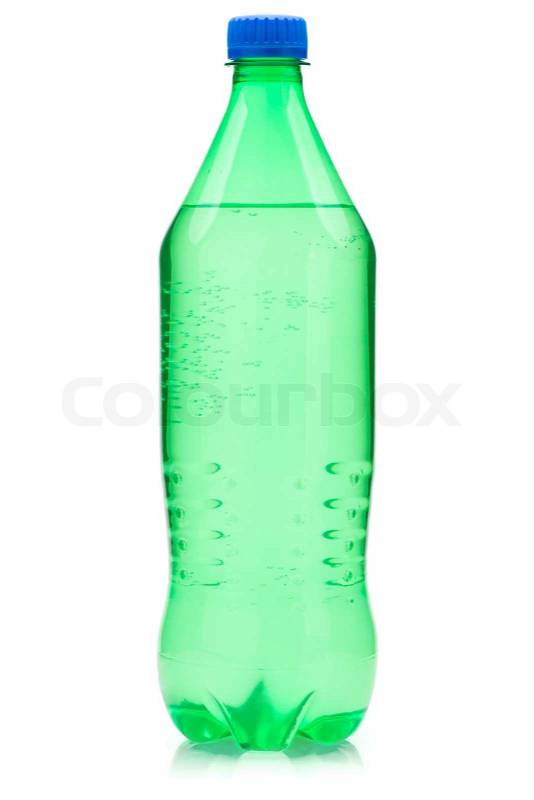 I've seen a couple of times where various brewers have created a brew that they've dubbed "Semper FI-PA", in honor of, or as a "tip of the cover" to the Corps. Having been an active duty Marine myself, I felt compelled to come up with my own recipe. For me, based on my preferences, I think I'd go for a light golden color, and really hoppy...maybe even push for that lupulin shift...starting off by bittering with, what else, Warrior hops. I'm then going to use Jarrylo, Mosaic, and Azacca hops for aromatic hop additions, as well as dry hopping.
I've seen a couple of times where various brewers have created a brew that they've dubbed "Semper FI-PA", in honor of, or as a "tip of the cover" to the Corps. Having been an active duty Marine myself, I felt compelled to come up with my own recipe. For me, based on my preferences, I think I'd go for a light golden color, and really hoppy...maybe even push for that lupulin shift...starting off by bittering with, what else, Warrior hops. I'm then going to use Jarrylo, Mosaic, and Azacca hops for aromatic hop additions, as well as dry hopping.Brew Day: 18 Aug 2015
Partial Mash - total weight: 17 oz grain
8 oz Briess GoldPils Vienna Malt (~ 3.5L)
8 oz Franco-Belge Pale Malt (3L)
1 oz CaraPils
I followed my usual process for partial mashing...2 qt water, initial water temp of 156 deg F, 1 hr in the cooler. Toward the end of the hour (@ ~ 45 min), bring 4 qt of water to 170 deg F in the kettle. After manually cycling the wort through the cooler several times, remove the grain bag and steep in the kettle for 10 min. Once the steep is complete, bring the water to a boil.
Boil - 45 min
1lb Briess Golden Light DME (@ 45 min)
3.5 oz corn sugar (@ 45 min) - I added this because it was just...well...there
7 g Warrior (AA: 14 - 16%) (@ 45 min)
Hop Addition 2 (@ 15 min) - use muslin bag
4 g Jarrylo (AA: 14.2%)
4 g Mosaic (AA: 12.8%)
Hop Addition 3 (@ 5 min) - use muslin bag
4 g Azacca (AA;10.3%)
4 g Jarrylo (AA: 14.2%)
4 g Mosaic (AA: 12.8%)
Yeast:
I used my usual procedure for cooling the wort, transferring it to the fermenter, and then pitching the yeast. The yeast came in a 1 gallon pitch, so it was really straight-forward.
Addendum, 19 Aug: I got up this morning and went to check on the fermentation...and saw nothing. No activity at all. Since everything was enclosed last night, I brought it all up to the kitchen, and took out a packet of US-05, sanitized it and let it sit to come up to room temperature. I then aerated the wort again, and pitched the yeast (a bit more than half of the packet). We'll see how that goes.
I'd purchased the yeast yesterday, about mid-day. The label said that it had been bottled 15 Mar 2015. I shook it up a bit, and it wasn't refrigerated on the ride home. I'd taken it out of the fridge when I started the boil, so that it would be good and comfortable by the time it came to pitch it.
Addendum, 20 Aug: Checked the fermenter again this morning (just a quick peek), and things are going very well, with a nice steady stream of bubbles flowing through the blow-off tube.
Addendum, 3 Sep: Dry hopped - Beer was a nice golden color, just what I was looking for, with respect to this batch.
Hop Addition 4 (dry hop)
4 g Azacca (AA;10.3%)
4 g Jarrylo (AA: 14.2%)
4 g Mosaic (AA: 12.8%)
Addendum,12 Sept: Bottled today. This was the first beer that I've made that has been this clear. In the fermenter, it was a nice golden color with a hint of red, which works out really well. I started by dissolving 1.2 oz of table sugar in 1/2 cup of boiling water, and using that as my priming sugar. I put that in a clean fermenter, and then racked the beer on top of it. After letting it sit for about 20 min, I bottled the beer, and got 9 nice bottles. There was a small amount left over which I put into a small glass...I took a sip of it while I was cleaning up. I'm really looking forward to trying this one.
Addendum, 5 Oct: Tasting - Beer pours with a nice golden color and a persistent, pillowy head. Carbonation is not a problem with this beer. A pronounced berry (maybe tropical fruit) aroma in the nose, as well as in the initial taste, finishing with a citrus-grapefruit flavor and no discernible aftertaste. Very good lacing in the glass. This is not a huge, overpowering IPA, but this recipe is definitely a keeper, as is, and is my Semper Fi-PA.






